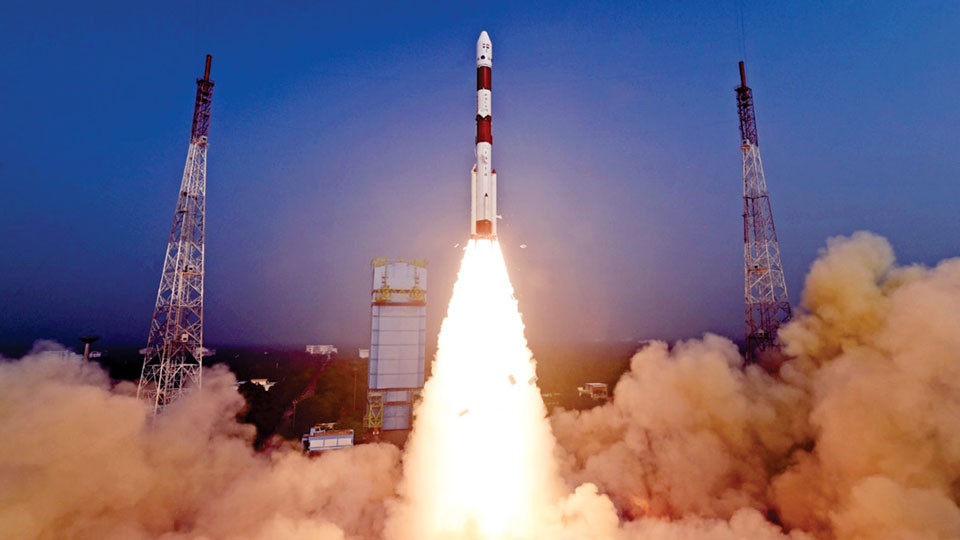Aditya L1 will reach Lagrange point on Jan. 6 at 4 pm, says ISRO Chairman Dr. S. Somanath
Chennai: Indian Space Research Organisation (ISRO) began the New Year on a positive note this morning with the successful take-off of PSLV rocket carrying XPoSAT, the country’s first dedicated satellite to study black holes and 10 other payloads start-ups and educational institutions, from Satish Dhawan Space Centre in Sriharikota.
ISRO’s ever reliable Polar Satellite Launch Vehicle (PSLV) in its C58 mission, placed the primary X-Ray Polarimeter Satellite XPoSat into a 650 Km Low Earth Orbit as intended after lifting off at the pre-fixed time of 9.10 am from the first launch pad.
As the 25-hour countdown concluded, the 44.4-metre-tall rocket lifted off majestically with thunderous applause from spectators who had descended in large numbers. The X-ray Polarimeter Satellite (XPoSat) is aimed to investigate the polarisation of intense X-ray sources in space.
According to ISRO, it is the first dedicated scientific satellite from the space agency to carry out research in space-based polarisation measurements of X-ray emission from celestial sources.
Emerging from the Mission Control Centre, ISRO Chairman Dr. S. Somanath said, “Happy new year to all of you. So on 1 January, 2024, yet another successful mission of PSLV has been accomplished. PSLV-C58 has placed the primary satellite XPoSat in the desired orbit.”
“From this point, the orbit of PSLV 4th stage will be reduced to a lower orbit where the upper stage of PSLV which is described as POEM will carry out experiments with the onboard payloads and that will take some time,” he added.
Aditya L1 mission
Meanwhile, Aditya L1, India’s solar mission is set to reach the Lagrange point 1 (L1) by Jan. 6 (at around 4.00 AM IST), within the Sun-Earth system. This is said to be a significant milestone in India’s space exploration efforts. The L1 point will provide an unobstructed view of the sun and will further enable Aditya L1 to operate seamlessly.
Dr. Somnath said, “Aditya L1 is almost there now. Aditya L1 will reach Lagrange point on Jan. 6 at 4 pm. We will have a very controlled burn of the engine of Aditya L1 so that it enters an orbit called the halo orbit.”
This has orchestrated the manoeuvre aims to ensure Aditya L1’s entry into a specific orbit, by optimising its observational capabilities. Aditya L1 was launched in September 2023 and a suite of scientists designed it for studying the Sun’s corona, photosphere and chromosphere.








Recent Comments